What are our aims?
The Kapow scheme of work aims to inspire pupils and develop their confidence to experiment and invent their own works of art. They will develop their knowledge of artists and understanding of the visual language of art with effective teaching and considered sequences of lessons and experiences. Understanding of the visual elements of art and design (line, tone, texture, colour, pattern, shape, 3D form) will be developed by providing a curriculum which will enable children to reach their full potential. Through the study and appreciation of art and artists, children will connect with the history of art, developing their critical abilities, as well as an understanding of their own and others’ cultural heritages through the study of a diverse range of artists.
Implementation: How do we teach art?
Art is taught as a discrete subject. Our scheme of work is designed with five strands that run throughout. These are:
Generating ideas
Using sketchbooks
Making skills, including formal elements (line, shape, tone, texture, pattern, colour)
Knowledge of artists
Evaluating and analysing
Units of lessons are sequential, allowing children to build their skills and knowledge, applying them to a range of outcomes. The formal elements, a key part of the National Curriculum, are also woven throughout units. Key skills are revisited again and again with increasing complexity in a spiral curriculum model. This allows pupils to revise and build on their previous learning. Units in each year group are organised into four core areas:
Drawing
Painting and mixed-media
Sculpture and 3D
Craft and design
Our progression document maps the skills that are taught within each year group and how these skills develop to ensure that attainment targets are securely met by the end of each key stage. Our projects fully scaffold and support essential and age appropriate, sequenced learning. Creativity and independent outcomes are robustly embedded into our projects, supporting students in learning how to make their own creative choices and decisions, so that their art outcomes, whilst still being knowledge-rich, are unique to the pupil and personal.
Lessons are always practical in nature and encourage experimental and exploratory learning, with pupils using sketchbooks to document their ideas. Lessons are adapted to ensure that they can be accessed and enjoyed by all pupils and opportunities to stretch pupils’ learning are available when required. Knowledge organisers for each unit support pupils by providing a highly visual record of the key knowledge and techniques learned, encouraging recall of skills processes, key facts and vocabulary. Kapow Primary supports teachers who may lack confidence in their own artistic abilities. Pupil videos created by subject specialists help pupils to see art techniques modelled by experts, to ensure the delivery of Art in your school is of the highest quality.
With this aim in mind:
We are committed to using our schools’ unique localities. We plan opportunities for learning outside the classroom, visits to explore the richness of the Duchy’s artistic heritage and the involvement of adults with specialist skills from the local and wider community.
We take part in local projects and events relating to art and design, offering pupils the chance to have a wider audience for their artwork.
Our schools are equipped with an ever-improving selection of high-quality equipment and materials to allow for the curriculum to be delivered effectively as intended and to provide optimal creative opportunities for the pupils.

Implementation: How do we teach art?
Our curriculum is designed in such a way that children are involved in evaluation, dialogue and decision making about the quality of their outcomes and the improvements they need to make. By taking part in our regular discussions and decision making processes, children will not only know facts and key information about art, but they will be able to talk confidently about their own learning journey, have higher metacognitive skills and have a growing understanding of how to improve. The impact of teaching and learning can be constantly monitored through both formative and summative assessment opportunities. Each lesson includes guidance to support teachers in assessing pupils against the learning objectives. Pupils should leave primary school equipped with a range of techniques and the confidence and creativity to form a strong foundation for their Art and design learning at Key Stage 3 and beyond.




 secretary@calstock.cornwall.sch.uk
secretary@calstock.cornwall.sch.uk